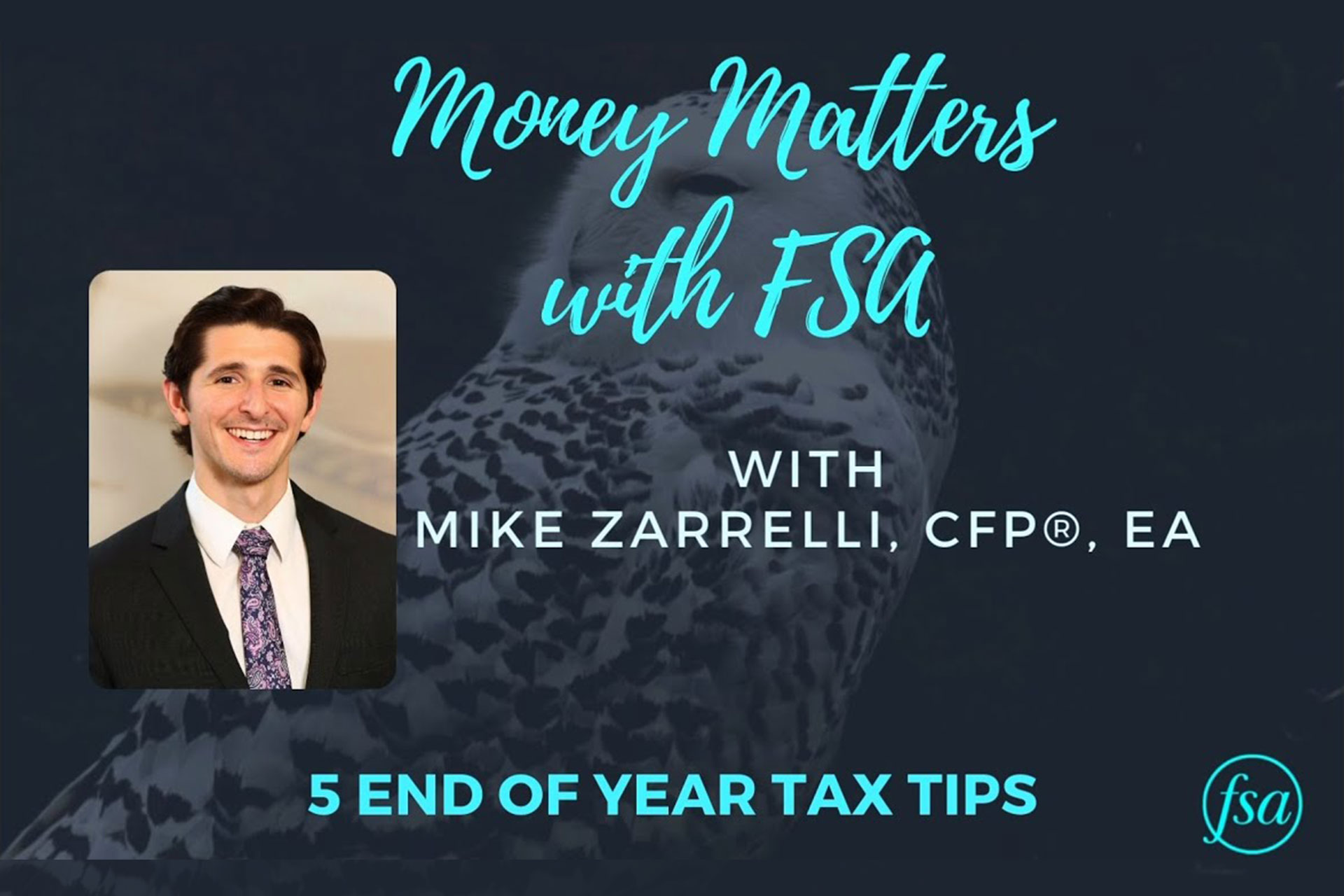Aaron Weston discusses the Fed’s rate cut and the opportunities and risks created for portfolios.
Unpacking the Fed’s Rate Cut Transcript
Aaron:
Hey, all, and welcome to this edition of Technical Tuesdays. I’m Aaron Weston. Today we’re going to be discussing the most recent news out of the FOMC meeting that just recently occurred. Well, for the first time since 2020, we actually saw a rate cut. Now, this was actually a little bit more significant cut than might’ve been anticipated. It had been going back and forth between a 25 basis point rate cut and a 50 basis point rate cut.
Chairman Powell:
Today, the Federal Open Market Committee decided to reduce the degree of policy restraint by lowering our policy interest rate by a half percentage point.
Aaron:
What the Fed decided on was actually a 50 basis point rate cut, or half a percentage point. Now, this might not be the first rate cut that we see. If you could look at the next chart here, the Fed dot-plot chart, you can see that there are still more rate cuts to come.
And what are some of the factors that the Fed are looking at to make these decisions? One of the main factors is CPI, Consumer Price Index, or inflation. Their target has remained 2%. There’s been discussion of should they bump that up just because of is this a new normal, higher inflation. We’ve been at such low rates for so long, low inflation for so long, is there going to be a new normal? They’re still sticking with 2% currently. Another factor that they’re looking at is unemployment. Now, unemployment has ticked up in recent months; it’s up to 4.2% which is above where it was earlier this year at 3.7%.
Now, this might seem a little counterintuitive, but that’s actually a good thing that the unemployment rate has ticked up just a little bit. The reason that’s a good thing is the reason that the Fed started raising rates was to try to cool the economy. We saw inflation peak in the 9% range and has obviously, like I said, come down from that. That’s what the Fed is trying to do with raising interest rates, start to cool the economy, bring inflation down, bring costs down. We all know how high costs have been of late.
In this next chart, what you’ll see is that the Fed, unfortunately in recent times, the times that they’ve had to cut rates has been due to crises. In this chart, you can see the cuts were from the dot-com bubble, from the 08/09 financial crisis, and then from COVID. Again, these were significant, unprecedented – we’ve heard that word so many times – but unprecedented cuts that they had to make and moves that they had to make because they were unprecedented times.
Now, it’s not all bad news there. Currently, we’re not trying to save a dying patient. Also, if you think of COVID, while that year, 2020 and even beyond, never really felt normal, never really felt pleasant, well, the stock market actually rallied and ended up positive in the year 2020. This next table actually shows you, speaking of not all bad news, that when the Fed stops raising rates or starts cutting rates, that the next six months have actually been pretty robust in terms of stock market returns. There’s a common thought when it comes to how much cash is on the sideline and what the Fed is doing with lowering rates, and that common thought is when all this money is sitting on the sidelines – which according to CNBC earlier this year, Americans had over $6 trillion in cash on the sidelines – so, that common thought is when rates start to come down, you’re not getting as much return on your cash, you look for returns elsewhere, and those returns are fleeing from security of fixed income instruments and cash and turn into more risky instruments such as stocks. Now, in 94/95, I don’t have a chart for this, but when the Fed started to cut rates then, we did see a pretty robust return in equities in the next few years.
The last thing that I’m going to mention about the Fed today is – we’ve heard this phrase – I’m sure everyone’s heard it before, but they’re trying to achieve a soft landing. Now, all right, what does that mean? Well, it means that they’re trying to, again, achieve neutral. They’re not trying to stimulate the economy. They’re not trying to cool the economy, so try to find a neutral place where they don’t have to move one way or the other. The economy is strong and humming along at a great pace. CPI is at a great place. Unemployment is at a great place. Even GDP might be a factor that they’re looking at.
So do you need to freak out? Do you need to make any drastic changes right now? Of course not, but that’s why we’re here. We’re here to have these professional conversations with you, learn, and continue to learn and discuss your long-term goals, your intermediate-term goals, and even your short-term goals, just to make sure that we’re putting all the information in front of you to help you make the right decision. Think of us again as your financial quarterback here to help you along the way, help you make the right decisions, put you in the right place to help you achieve your long-term, short-term, and intermediate-term goals.
Thanks for watching. Make sure to like, follow, and comment, and we’ll see you next time.
FSA’s current written Disclosure Brochure and Privacy Notice discussing our current advisory services and fees is available at www.FSAinvest.com/disclosures or by calling 301-949-7300.




